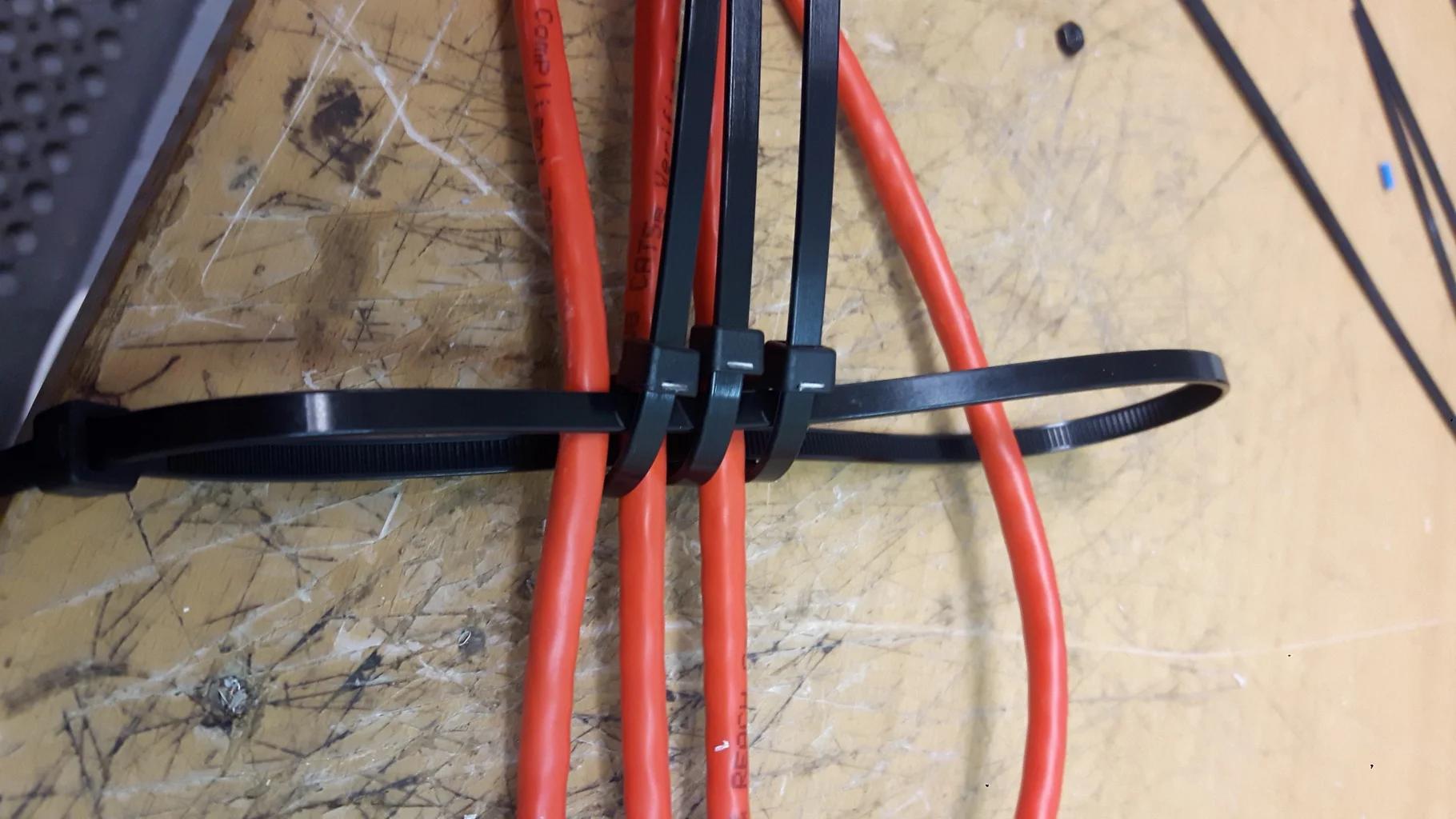This post contains affiliate links.
Setting up a well-organized workspace often comes down to one crucial detail—cable management. A jumble of cords can be an eyesore and a safety hazard. One popular solution that many people consider is using zip ties. But are zip ties the best option for keeping your cables neat and tidy?
Zip ties are a practical and cost-effective solution for cable management. They are widely used to bundle and secure cables, ensuring a neat and organized setup. However, it’s important to not over-tighten them, as this can damage the cables.
In this article, I’ll explore the use of zip ties for cable management, their benefits with potential downsides to give you a well-rounded view. By the end, you’ll clearly understand whether zip ties are the right choice for your cable management needs.
What Are Zip Ties and Why Are They Popular?
Zip ties, also known as cable ties or tie wraps, are fasteners made from a type of nylon. They consist of a tape section with triangular teeth and a ratchet within a small open case at one end. The tape section is pulled through the case and tightened as needed. Once tightened, it locks in place and can only be removed by cutting it off.
Brief History and Common Uses of Zip Ties
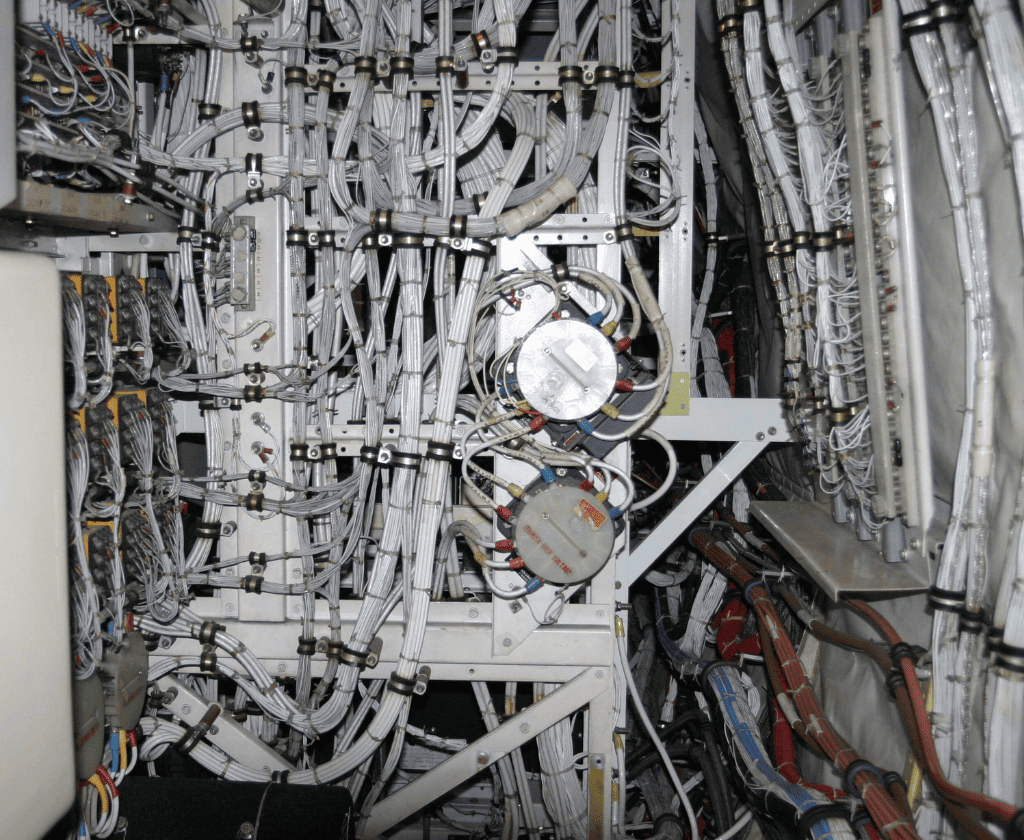
Zip ties were invented in 1958 by an electrical company looking for a better way to organize airplane cables. Since then, their usage has expanded into various fields. Today, you’ll find zip ties used in everything from gardening to law enforcement.
In the automotive industry, they’re used to secure loose wires. In retail, they’re used to attach price tags to merchandise. They’re even used in surgery to hold incisions together temporarily.
Why IT Pros and System Administrators Prefer Zip Ties
Zip ties are a staple for cable management in the world of Information Technology (IT) and system administration. They’re favored for several reasons.
First, they’re incredibly reliable. Once a zip tie is locked in place, it stays put. This reliability is crucial in server rooms where a loose cable can lead to significant problems.
Second, they’re clean and professional-looking. A well-organized cable setup using zip ties can simplify troubleshooting and future upgrades.
Lastly, they’re readily available and can be bulk-purchased, making them a cost-effective solution for large installations.
Pros of Using Zip Ties for Cable Management
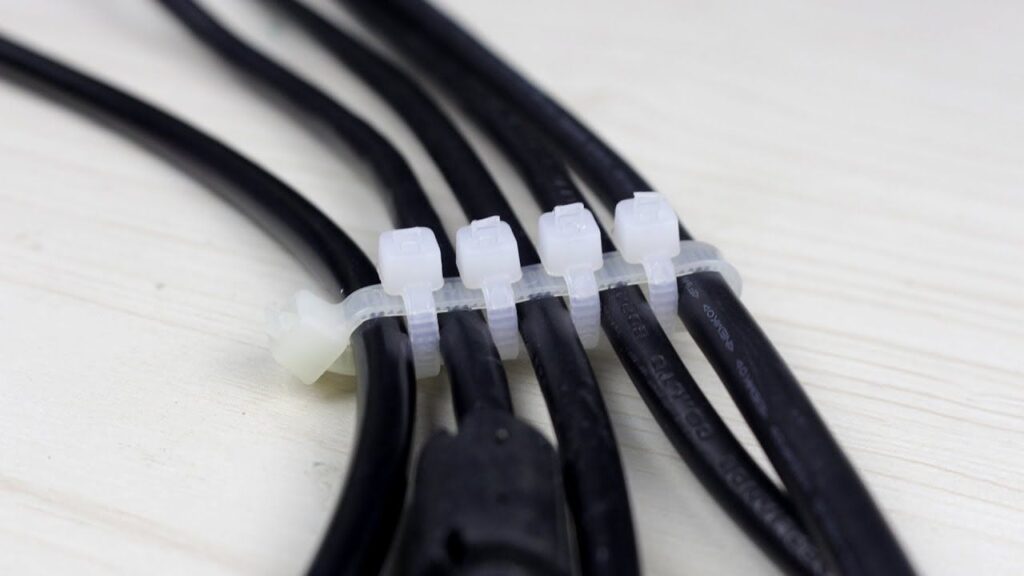
1. Cost-Effectiveness
One of the most significant advantages of using zip ties is their cost-effectiveness. They’re cheap to manufacture, and you can usually buy them in bulk for a very low price. This makes them attractive for personal and professional use, especially when managing many cables.
2. Durability and Strength
Zip ties are surprisingly strong and durable, given their simple design and low cost. They can withstand a fair amount of tension, making them suitable for holding together bundles of cables securely. The nylon material also has good resistance to external elements like moisture and sunlight, adding to their durability.
3. Ease of Use
Zip ties are incredibly user-friendly. You don’t need any special tools or skills to use them—thread the tail end through the head, pull tight, and you’re done. This simplicity makes them a quick and efficient option for cable management tasks.
Cons of Using Zip Ties for Cable Management
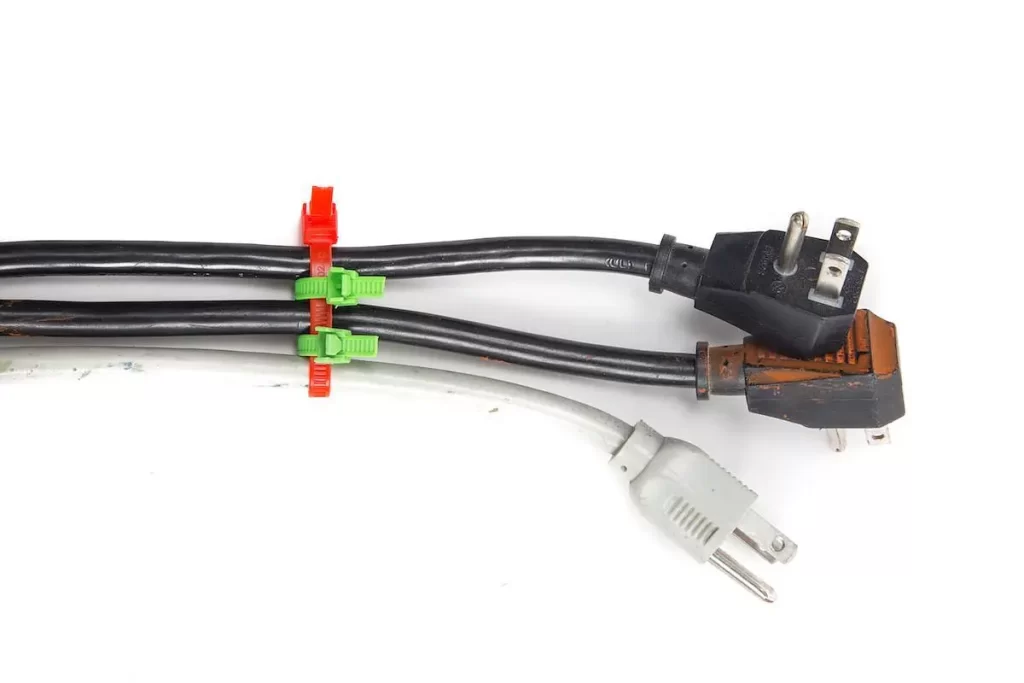
1. Risk of Over-Tightening and Cable Damage
While zip ties are strong and durable, they can also be a double-edged sword. If you pull them too tight, there’s a risk of damaging the cables they’re supposed to organize. Over-tightening can lead to crushed or pinched cables, which can, in turn, affect the performance of the equipment they’re connected to.
2. Lack of Reusability
Once a zip tie is in place, it’s there for good. If you need to add or remove cables, you must cut the zip tie and use a new one. This lack of reusability can be both wasteful and inconvenient, especially if you frequently update or change your cable setup.
3. Difficulty in Making Adjustments
Zip ties are not the best option if you anticipate needing to make frequent adjustments to your cable setup. Once they’re tightened, they can’t be loosened without being cut. Making quick changes or adjustments is challenging without replacing the zip ties entirely.
Alternatives to Zip Ties
If zip ties aren’t perfect, what are some other options? Hook-and-loop straps, electrical tape, and nylon harnesses each have their own remarkable features that might make them a better fit for your needs.
1. Velcro straps
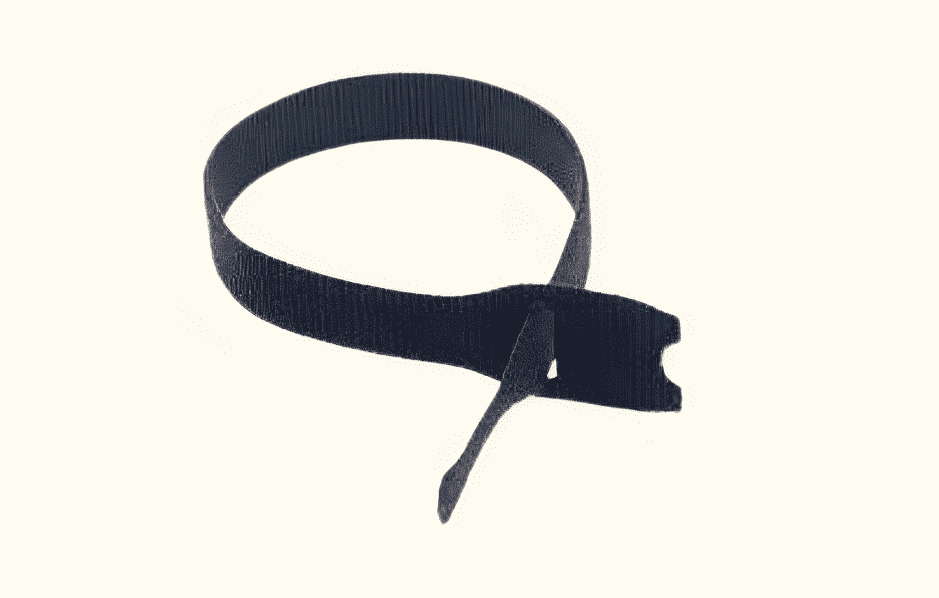
Velcro straps are a popular alternative to zip ties because they are reusable, adjustable, and won’t damage your cables. They are also available in a variety of colors and sizes to match your needs.
2. Cinch straps
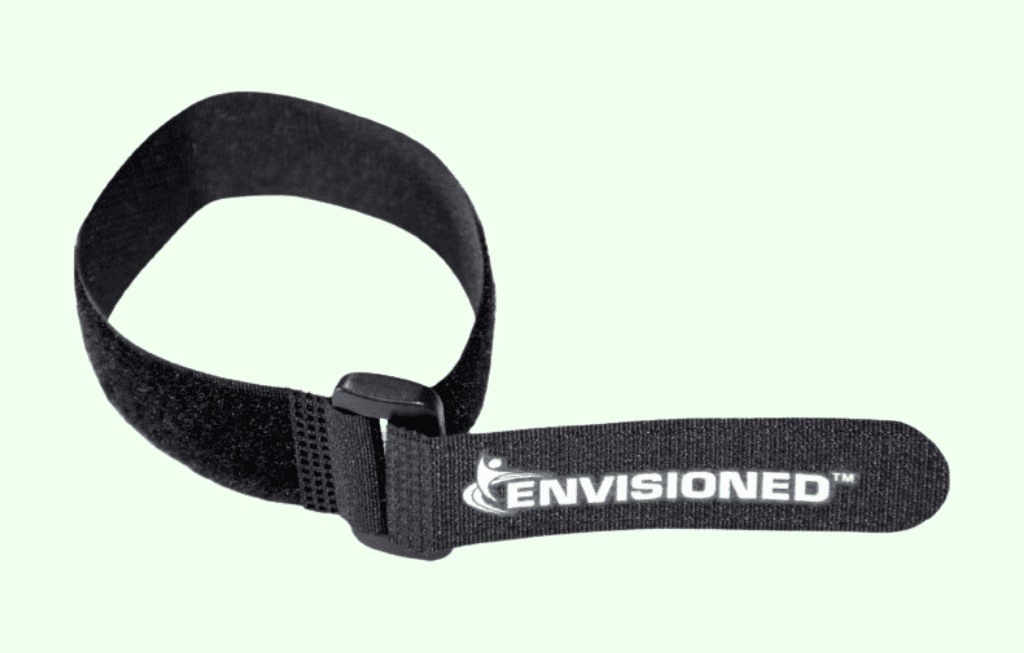
Cinch straps are another reusable option that is similar to Velcro straps. They have a buckle mechanism that allows you to tighten and loosen the strap, making them ideal for securing items that need to be adjusted frequently.
3. Twist ties

Twist ties are a simple and inexpensive alternative to zip ties that are perfect for light-duty tasks. They are easy to use and won’t damage your cables, but they are not as strong as zip ties or Velcro straps.
4. Electrical Tape

Electrical tape is another option for bundling cables together. It’s made of insulating material, usually vinyl, and is used primarily for electrical purposes. While it’s not as strong or durable as zip ties or hook-and-loop straps, it can conform to irregular shapes, making it useful for more complex cable arrangements.
5. Cable Sleeves
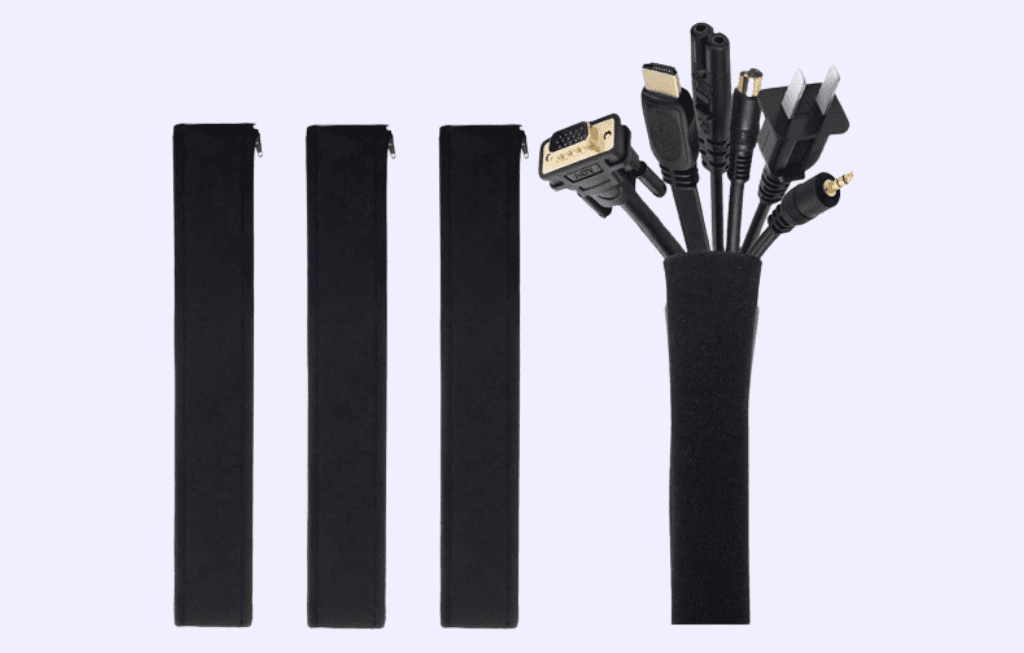
Flexible and protective, cable sleeves bundle multiple cables into a single, tidy tube. Cable sleeves can help to protect cables from damage caused by abrasion, heat, and chemicals. They come in a variety of colors, materials, and sizes to suit your needs.
Tips for Effective Cable Management
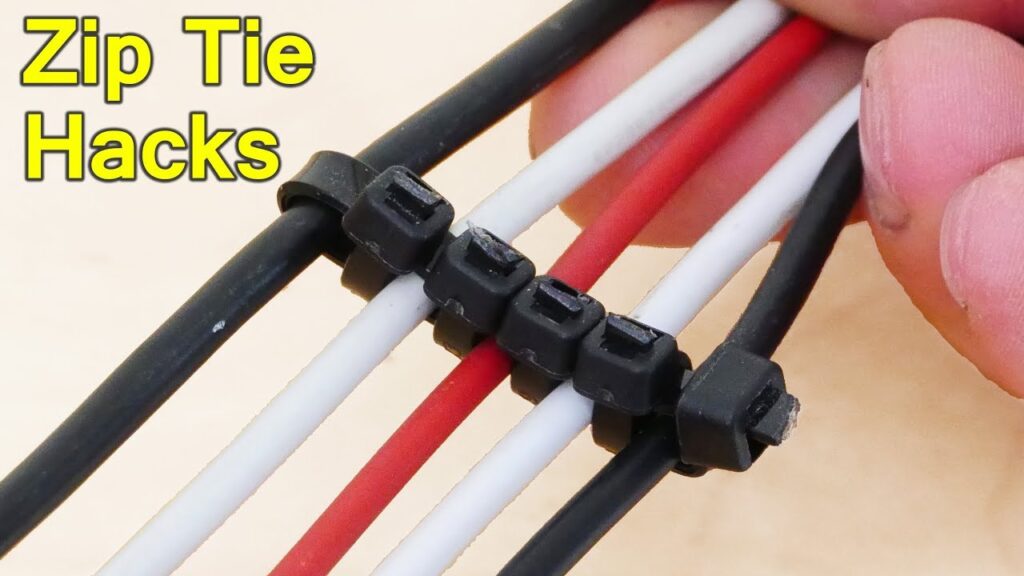
Effective cable management is about more than just choosing the right materials. It’s also about how you use them.
Planning and Execution
Before you start tying or taping cables together, take some time to plan. Consider the layout of your workspace, the types of equipment you’re using, and how often you’ll need to access or change the cables. Once you have a plan, execute it carefully to ensure you’re not creating more problems than you’re solving.
Following Electrical Code Regulations
When managing cables, especially in a professional or industrial setting, it’s crucial to be aware of and follow electrical code regulations. These rules minimize risks like electrical fires and ensure your setup is safe and efficient. Failure to comply can result in fines or even legal action, so it’s worth taking the time to get it right.
Professional Recommendations
If you’re unsure about the best approach to cable management, don’t hesitate to seek professional advice. Many companies specialize in cable management solutions and can provide expert recommendations tailored to your specific needs. Whether you’re setting up a home theater or an entire server room, a little expert guidance can go a long way.
Before You Go…
Whether you’re a fan of the tried-and-true zip ties or you’re curious about alternatives, the key is to weigh the pros and cons. Your choice should align with your specific needs, whether the need for strength, flexibility, or the ability to make frequent adjustments.
If you want to learn more about cable management, don’t miss out on my earlier article. It’s filled with detailed, step-by-step guidance that I’m confident you’ll find incredibly useful.

